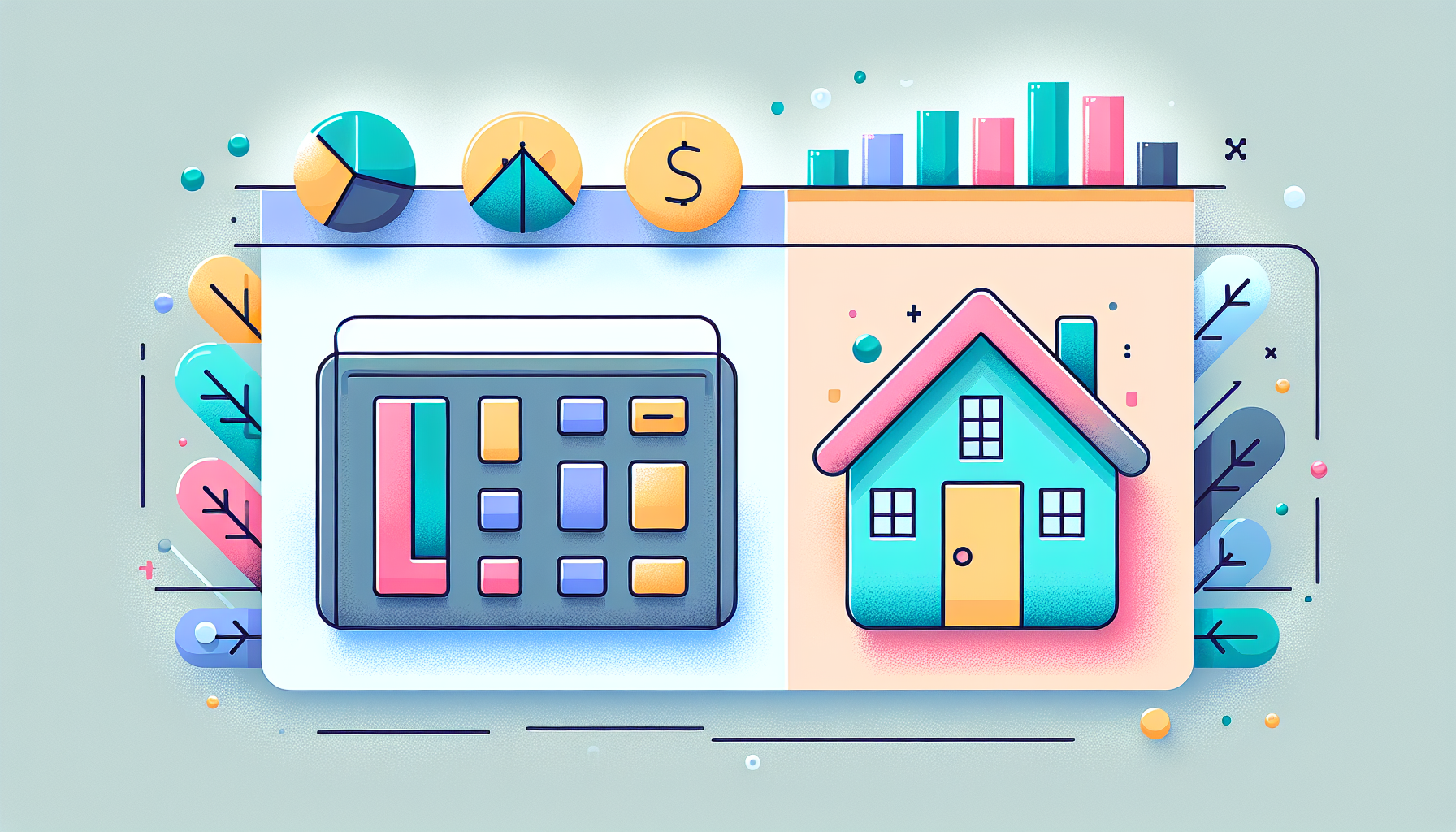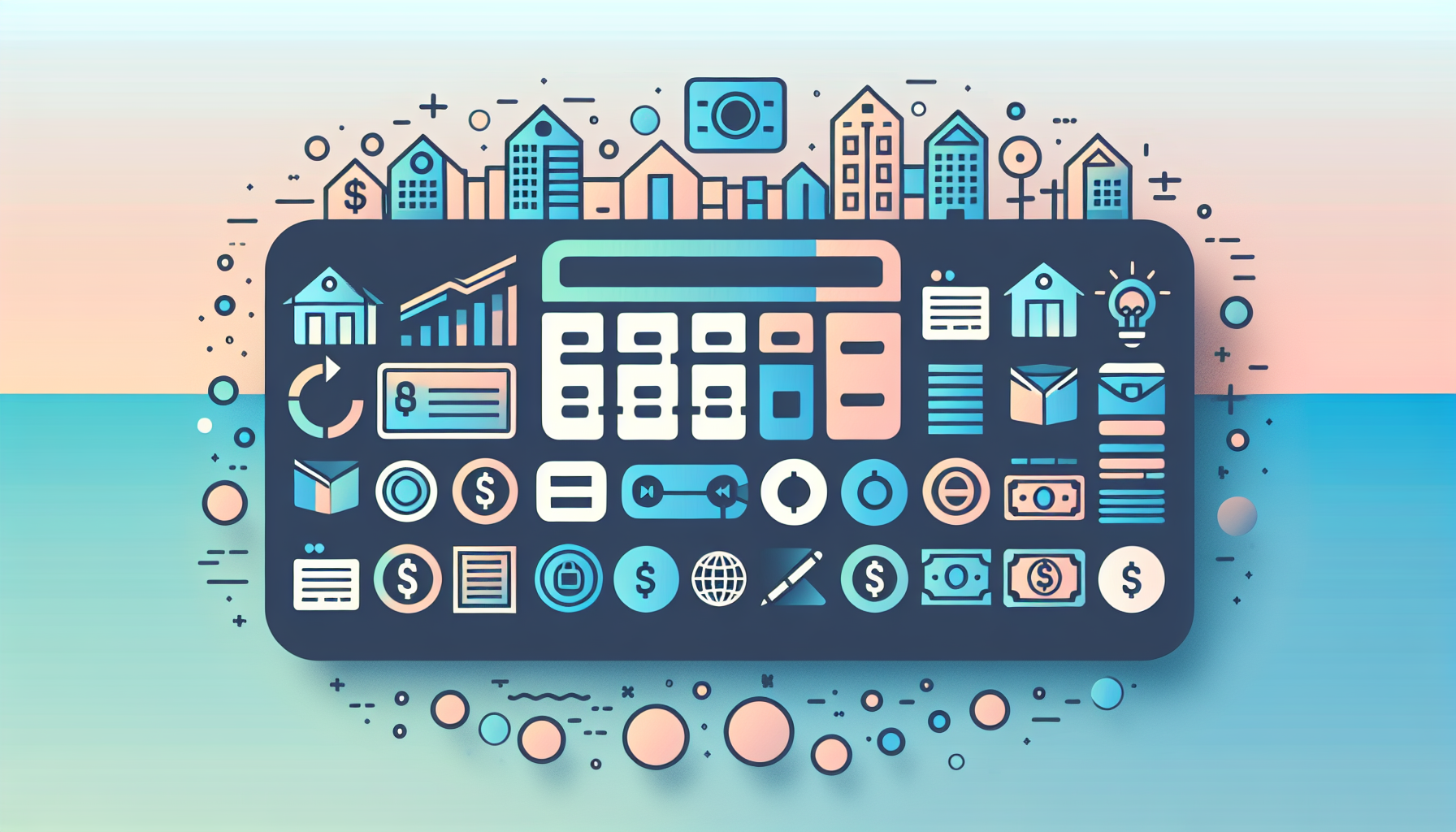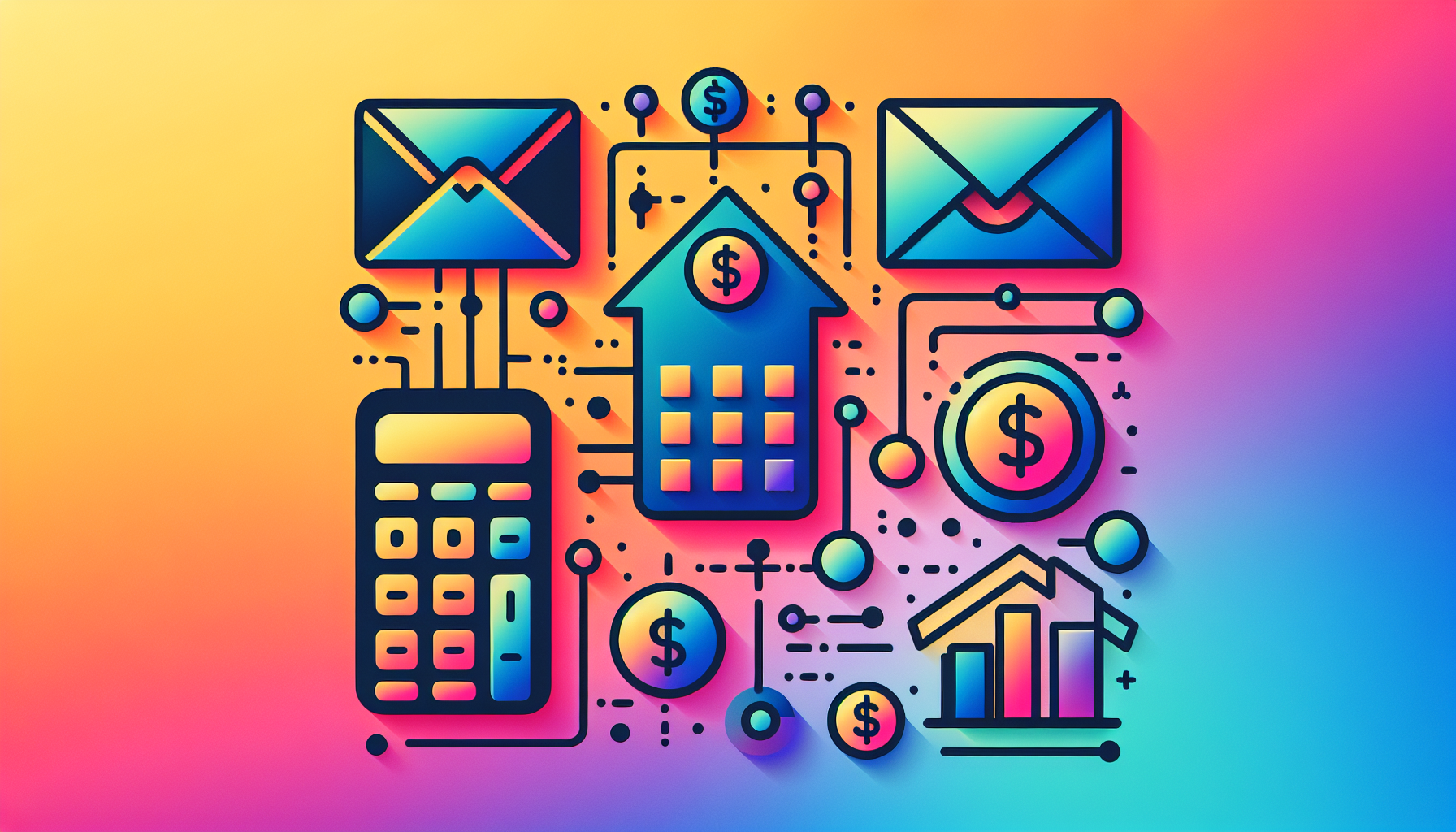How Interest Rates Impact Your Mortgage

Navigating the Complex World of Mortgage Interest Rates
When it comes to mortgages, one of the most critical factors that can significantly impact your financial situation is the interest rate. Understanding how mortgage interest rates work, the benefits of a rate lock, and the various refinancing options available can help you make informed decisions and save money in the long run.
How Mortgage Interest Rates Are Calculated
Mortgage interest rates are a key component of your monthly mortgage payment. Here’s a breakdown of how they are calculated and what they entail:
- Interest Rate: This is a percentage of your mortgage amount and directly affects the total amount you pay over the life of the loan. For example, a fixed-rate mortgage has one rate for the entire loan term, while an adjustable-rate mortgage (ARM) will fluctuate with market conditions.
- Principal and Interest: Your monthly payment is divided between paying down the principal (the original amount borrowed) and covering the interest. Initially, a larger portion of your payment goes towards interest, but as time progresses, more of your payment is applied to the principal.
- Compounding Interest: In some cases, interest can compound, meaning it builds on both the original loan balance and any previously accrued interest. This can significantly increase the total cost of the loan over time.
The Importance of a Rate Lock
Given the volatility of mortgage interest rates, a rate lock can be a valuable tool to secure your financial future. Here’s what you need to know:
- What is a Rate Lock?: A rate lock freezes the interest rate on your loan offer for a specified period, typically 30 to 60 days, ensuring that you close at the rate you were initially offered. This can protect you from rate increases during the closing process.
- Benefits and Risks: Locking in your rate can save you money if rates rise, but if rates fall, you might end up paying a higher rate unless your lock has a float-down option. There may also be an upfront fee for the rate lock.
- Example Scenario: If you lock in a 7% interest rate on a $400,000 30-year fixed-rate loan, you could save $68 per month and $24,298 in total interest if rates increase to 7.25% by the time you close.
Refinancing Options to Manage Interest Rates
Refinancing your mortgage can be an effective way to manage your interest rates and achieve various financial goals. Here are some common types of refinancing options:
- Rate-and-Term Refinance: This involves changing the terms of your loan, such as the interest rate or the length of the loan. It’s ideal if you want to lower your monthly payments or switch from an ARM to a fixed-rate mortgage.
- Cash-Out Refinance: This allows you to take cash out against the equity in your home, which can be used for home renovations, debt consolidation, or other purposes. You need to have built enough equity in your home to qualify.
- Cash-In Refinance: By putting a large sum of money towards your mortgage balance, you can reduce your loan-to-value ratio and potentially lower your interest rate or monthly payments. This is particularly beneficial for those with underwater mortgages or limited home equity.
- Streamline Refinances: Options like FHA Streamline, VA Streamline, and USDA Streamline refinances allow you to change the terms of your loan without a home appraisal. These are designed for specific types of loans and can help lower your monthly payments and interest rates.
Current Market Trends and Considerations
Understanding current market trends can help you make better decisions about your mortgage.
- Current Refinance Rates: As of January 2025, refinance rates remain above 7%, making refinancing less appealing for many borrowers. However, rates can fluctuate, and it's essential to keep an eye on market trends to find the best time to refinance.
- Federal Reserve Impact: The Federal Reserve's actions on interest rates can influence mortgage rates, but the relationship is not always direct. Mortgage rates are more closely tied to the bond market and the 10-year Treasury note.
Real-World Examples and Case Studies
Let's consider a real-world example to illustrate the impact of interest rates and refinancing options:
Example 1: Rate Lock
Imagine you are approved for a $400,000 30-year fixed-rate loan with an interest rate of 7%. If you lock in this rate and rates rise to 7.25% by the time you close, you would save $68 per month and $24,298 in total interest by locking in the original rate.
Example 2: Refinancing
A homeowner with a 30-year fixed-rate mortgage at 8% interest might consider refinancing to a lower rate, such as 7%, to reduce their monthly payments. If the original loan was $300,000, refinancing could save them approximately $100 per month and over $30,000 in total interest over the life of the loan.
Tools to Help You Navigate Mortgage Interest Rates
To make the most of your mortgage and manage interest rates effectively, you can use various tools and resources:
- WP Ultimate Loan & Mortgage Calculator: This plugin can help you calculate your monthly mortgage payments, understand the impact of different interest rates, and explore various refinancing options. It's a valuable tool for anyone looking to optimize their mortgage strategy[WP Ultimate Loan & Mortgage Calculator].
- Financial Advisors: Consulting with financial advisors or mortgage experts can provide personalized advice based on your financial situation and goals.
- Market Resources: Keeping up with market trends through resources like Bankrate and Rocket Mortgage can help you make informed decisions about when to refinance or lock in your rate.
Conclusion and Next Steps
Understanding how mortgage interest rates work and the various tools and options available can significantly impact your financial health. Here are some key takeaways:
- Monitor Market Trends: Keep an eye on current refinance rates and market trends to find the best time to refinance or lock in your rate.
- Use Rate Locks Wisely: Consider a rate lock to protect yourself from rate increases, but be aware of the potential fees and risks.
- Explore Refinancing Options: Different types of refinancing can help you achieve various financial goals, whether it's lowering your monthly payments or taking cash out against your home's equity.
If you have more questions or need personalized advice, don't hesitate to Contact Us for further guidance.
By leveraging the right tools and knowledge, you can navigate the complex world of mortgage interest rates with confidence and make decisions that align with your financial goals.











